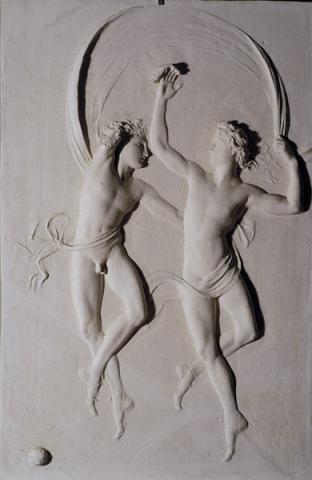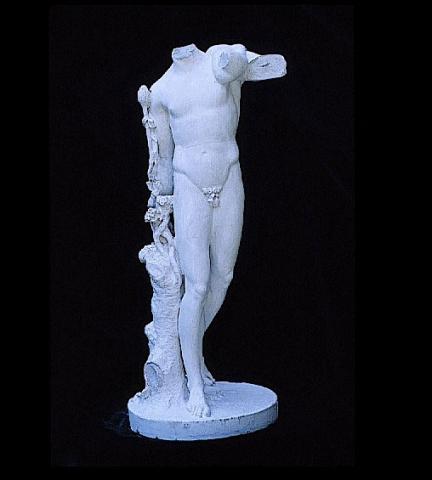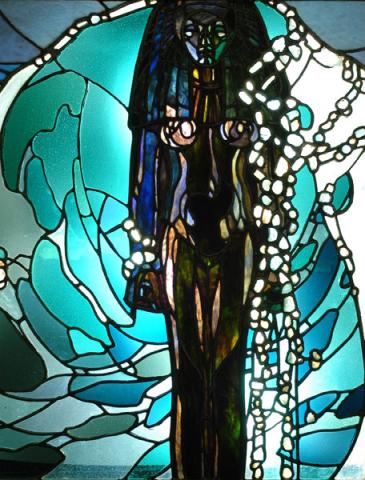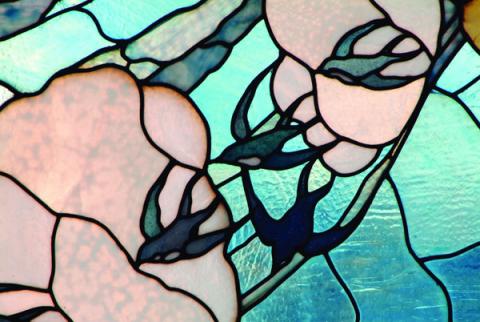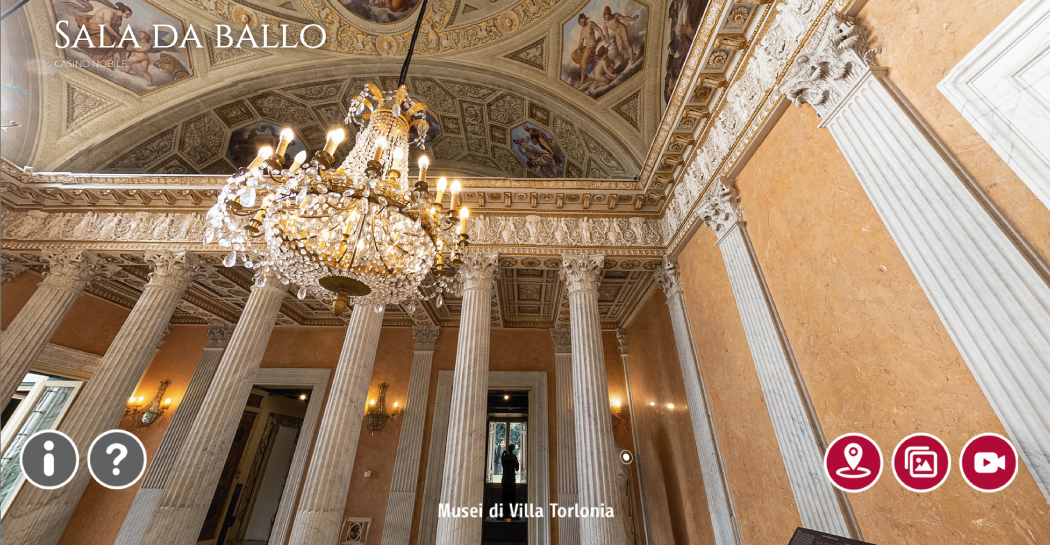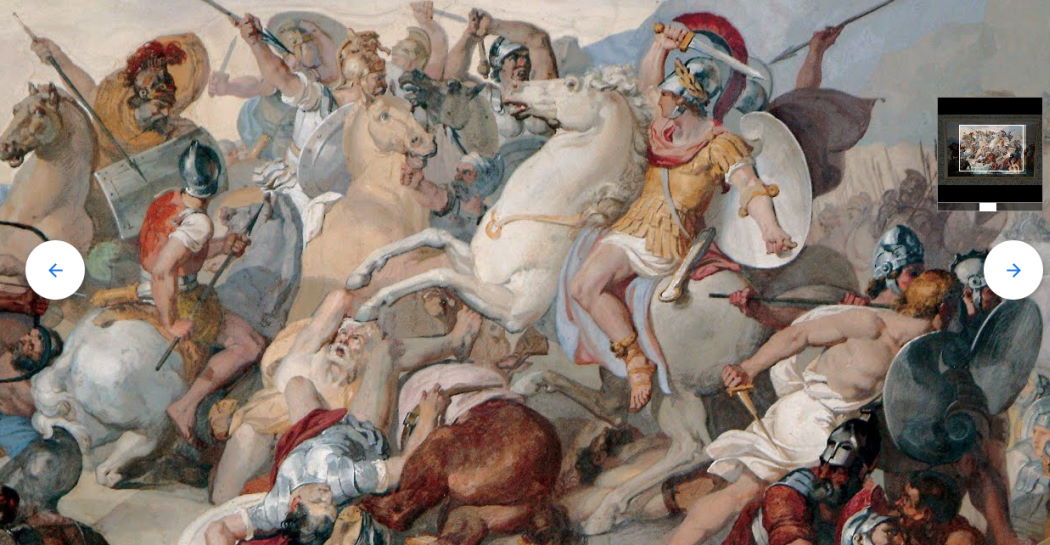Paolo Paschetto
Born at Torre Pellice in 1885, his family moved to Rome in1889 when his father, a Baptist preacher, was called to teach at the methodist and baptist theological faculties.
In 1904, after abandoning his classical studies, he was admitted to the second year of the Institute of Fine Arts and it was in those years that, together with the other pupils, he supported an exhibition of works inspired by modernist tastes, and took part in various competitions, some of which he won.
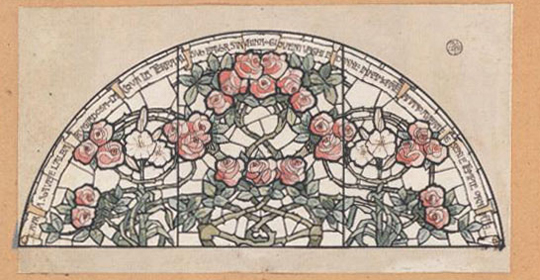
His interest in the decorative arts found application in various fields, graphics, illustration and collaboration with various magazines.
In 1911 Paschetto obtained important public work on the Campidoglio, in the Ministry of the Interior and in Piazza Colonna.
In 1914 he obtained work teaching ornamentation in the Institute of Fine Arts: work as a teacher also occupied him in the Artistic High School and the Accademy, until 1949.
Between 1910 and 1924, the artist carried out various important operations in cult buildings, to integrate and complement the wall decorations; the most important were those in the Waldesian Temple in Rome (opened in 1914), for which he designed the wall decorations and drew the cartoons for the stained glass, which was created by Cesare Picchiarini.
In 1920, working again with Piccharini, he made several pieces of glass for the House of the Owls, illustrating naturalistic themes with ribbons, butterflies and roses. In 1927 he created the small glass work “Wings and flames”.
In 1931 with Picchiarini, Cambellotti, Grassi and other artists, he was one of the founders of S.A.C.A (Society of Anonymous Art Lovers).
In the first years of the Thirties he collaborated with the company “Nazareno Gabrielli”, for whom the artist furnished drawings for leather objects.
From 1921 to 1945 he drew, moreover, a series of stamps and emblems for the Italian Republic.
He dies at Torre Pellice in 1963.


























